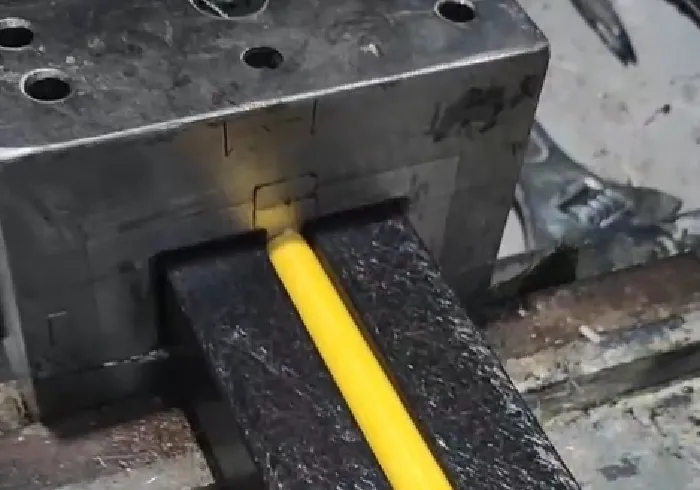loading...
- No. 9, Xingyuan South Street, Dongwaihuan Road, Zaoqiang County, Hengshui, Hebei, China
- admin@zjcomposites.com
- +86 15097380338
- Welcome to visit our website!
Sand Filtration System for Enhanced Water Purification and Treatment Efficiency
Understanding Sand Filter Vessels Essential Components for Water Treatment
Sand filter vessels play a crucial role in modern water treatment processes, primarily used for the filtration of water to remove suspended solids, turbidity, and various contaminants. These systems are vital in providing safe, clean water for drinking, industrial applications, and even wastewater treatment. This article will explore the operational principles, components, advantages, and applications of sand filter vessels.
Operational Principles
A sand filter vessel operates primarily based on the principle of physical filtration. Water is passed through a bed of sand that serves as the filtering medium. The sand particles trap and remove impurities as the water flows through this medium, effectively reducing turbidity and improving water quality.
This process can either be gravity-fed or pressure-driven. In gravity-fed systems, water flows into the filter by gravity, while pressure-driven systems use pumps to push the water through the sand bed. A multi-layered approach can enhance filtration capacity, with layers of different sizes and materials, including gravel and other types of media, above the sand layer to provide structural support and enhance filtration performance.
Components of Sand Filter Vessels
1. Filter Media The primary component, typically composed of closely packed grains of silica sand. The size and uniformity of the sand grains are crucial for effective filtration.
2. Vessel Structure Sand filter vessels can be constructed from a variety of materials, commonly reinforced concrete, fiberglass, or stainless steel, designed to withstand high pressures and corrosive environments.
3. Influent and Effluent Zones The influent zone is where the dirty water enters, while the effluent zone allows the filtered water to exit. Proper design ensures efficient flow and minimizes short-circuiting.
4. Backwash System To maintain performance, sand filters require periodic backwashing, where water is reversed through the sand bed to dislodge accumulated solids. This process is essential for prolonging the life and efficacy of the filtration system.
5. Control Systems Modern sand filter vessels may be equipped with advanced control systems that monitor flow rates, pressure, and quality of water, enabling automatic backwashing and operational adjustments.
Advantages of Sand Filter Vessels
Sand filter vessels offer numerous advantages in water treatment
sand filter vessel

- Cost-Effective They require relatively low initial capital investment and have minimal operational costs compared to more complex filtration systems.
- Low Maintenance Aside from routine backwashing, sand filters require little maintenance, making them an economical choice for many applications
.- High Filtration Efficiency With the ability to remove a broad spectrum of particles, sand filter vessels can achieve high levels of filtration and clarity, essential for drinking water quality.
- Scalability These systems can be easily scaled up or down based on the specific water treatment needs, accommodating various flow rates and water quality requirements.
Applications of Sand Filter Vessels
Sand filter vessels are versatile and find applications in various fields, including
- Municipal Water Treatment Utilized in drinking water treatment plants to ensure compliance with health regulations.
- Industrial Applications Used in factories for process water treatment and in cooling towers to prevent fouling.
- Wastewater Treatment An integral part of treatment processes to reduce BOD (Biochemical Oxygen Demand) and TSS (Total Suspended Solids) before further treatment steps or discharge.
- Irrigation Systems Employed in agricultural irrigation setups to filter out harmful particles from water sources.
Conclusion
Sand filter vessels are a proven technology in the water treatment industry, offering an efficient, cost-effective, and reliable solution for filtration needs. Their simplicity and effectiveness make them an ideal choice for a range of applications, from municipal water supply to industrial and agricultural uses. As the demand for clean water continues to grow, the role of sand filter vessels will remain vital, helping to ensure that safe and potable water is available for future generations. Whether in intricate water treatment systems or standalone units, the efficacy of sand filter vessels is a testament to their enduring value in our quest for clean water.
-
GRP Structures: The Future of Lightweight, High-Performance EngineeringNewsJun.20,2025
-
FRP Water Tank: High-Performance Storage for Corrosive and Clean Water SystemsNewsJun.20,2025
-
FRP Square Tube: The New Industry Standard for Chemical and Structural ApplicationsNewsJun.20,2025
-
FRP Pultruded Profiles: The Ultimate Choice for Lightweight Structural StrengthNewsJun.20,2025
-
FRP Handrails: The Safer, Smarter, and Stronger Choice for Modern InfrastructureNewsJun.20,2025
-
FRP Grating: The Smart Solution for Durable, Lightweight Industrial FlooringNewsJun.20,2025
-
Why Choose a Galvanized Water Tank for Your Storage NeedsNewsMay.21,2025
